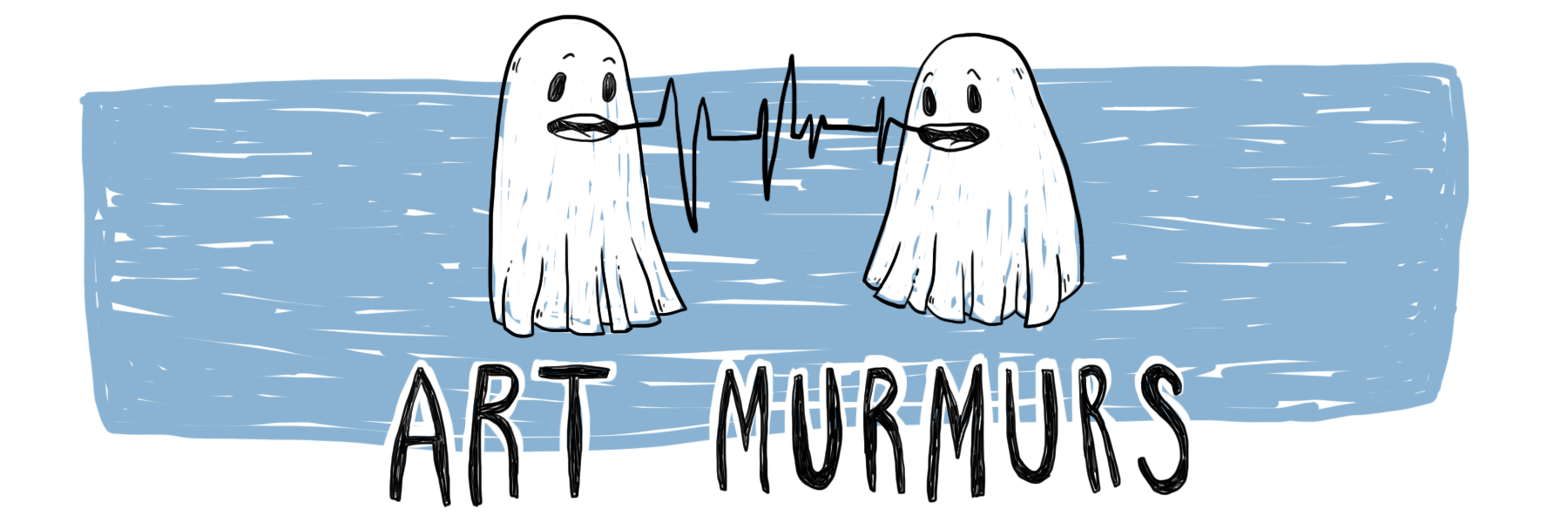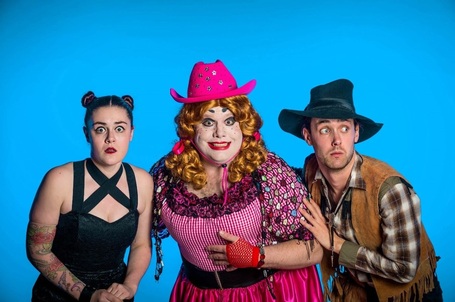Corey Spence
Director Susan Wilson has done a fabulous job preparing her actors for opening night—all seem very comfortable with themselves and each other. They exude excitement, and this quickly spreads to their audience. The cast is an ensemble: the dance sequences that accompany their cast-wide numbers look polished with the ensemble perfectly in-sync. The production updated to the script to critique President-elect Donald Trump and throw some shade at the exorbitant pricing of Rugby World Cup tickets.
Occasionally, the audience receives narrative threads that are dropped immediately. Moments like Mrs Virus’s disinterest in her daughter after Smiley went missing. Mrs Virus thought nothing of her daughter’s absence, and dumbfounded, Smiley responds with “did you not care that I was gone?” The audience feels deeply for this neglect, but just as we begin to do so, the scene progresses and buries this thought with it. Granted, pantomimes tend to focus on happier themes, but this might have helped flesh Smiley Virus out a little more, as she feels like the lone sticker in a book of ornately-coloured characters – included in the story just to provide the titular Jack a love interest.
Rutherford, as Hilda Hardup and Aunty Pam, plays his parts with exceptional wit and attention-to-detail. He reacts to unplanned events and mishaps with impeccable improvisations. Rutherford makes comedic use of his latecomers, pronouncing “in your own time, it’s only a show”. . Pantomime demands the actors react to everything in the room, and the audience favours these moments. So it is a pity there are not more reactions from the rest of the cast, who are all given plenty of opportunity to improvise.
All of the actors have a firm grasp on comedy and characterisation. Turei demands attention as both Betsy the Cow and Goosey the Goose, honking and mooing the audience to stitches; her anthropomorphic characters are diamonds, shimmering throughout the show. Both Kinane and Laing colour in their multiple characters expertly, each feels so distinct it is as if they are played by other actors. Considering how different the characters they play are, this is testament to their artistry. The audience relishes every moment with Morgan as the Postman and Claude Back, whose physicality keeps the audience engrossed. As Morgan dances with hilariously sensuality, the audience convulses with laughter, but we sigh with sympathy when Claude Back reveals his little crush on one of the other characters.
Olson and Old display excellent chemistry, and the pair navigate the play’s obstacles together in a manner which keeps the audience on their side. They work in tandem and build from one another, a double act reminiscent of lovers in The Lady and the Tramp. Old’s Smiley is an unforgettable parody of Miley Cyrus, immediately recognizable by her entrance on her makeshift wrecking ball and sequence of exposed-tongue selfies.
Paul Jenden and Michael Nicholas Williams’ score is fantastic. The music bounces between upbeat anthems surging with energy to thoughtful character reflection. Every song deepens characters and progresses the plot. Jack’s ditty about his friendship with Betsy and Hilda’s sombre tune about being a poor lonely widow reinforce the themes of family, friendship, and togetherness. My one gripe would be one of Smiley’s solo numbers. Old is alluring in both her stage presence and vocal ability. This particular song however, follows Smiley’s claim about being more than a ‘dumb blonde’, and the song seems contrary. Smiley flounders between the two extremes. Perhaps that is the intention, to show Smiley is not quite sure where she stands. I further was surprised by the use of ‘bitch’ as a descriptor for Smiley in the lyrics; the song may have wanted to invite the audience in, but the word is jarring.
Ian Harman’s set design makes the stage look like a pop-out storybook. From the white fluffy clouds, to the patterned green floor, to the quilted backdrop—I am suddenly reliving my Sunday morning cartoon as a kid. Jennifer Lal’s inclusion of a following spotlight in her lighting design amplifies the comedy throughout the play, especially when chasing Rutherford in his “poor lonely widow” numbers. Shelia Horton’s costume design gives the audience access to who the characters are on the inside. It also shows the different social and economic worlds the characters inhabit. Jack is carefree and youthful, with his overalls and an Adventure Time t-shirt supporting these ideas. The tattered look of his overalls are indicative of the financial struggles he and his mother are suffering. Smiley, on the other hand, exudes expense at all times, and her outfits emphasise her high-profile, quasi-valley girl lifestyle. Her tight, red sequined cocktail dress we see here wearing after her night out partying particularly sparks to mind. Turei’s animal costumes feel right at home amongst the set design, sharing the same morning cartoon qualities.
Jack and the Beanstalk makes its audience laugh, cry, and ‘awww’. While I may have a few gripes, the production provides entertainment for the young, the old, and anyone in-between. If the production maintains its energy and liveliness throughout the season, the production will be a joy to watch.
Jack and the Beanstalk runs at Circa Theatre until Tuesday 20 December, and resumes in the New Year between Wednesday 4 January and Sunday 14 January. Visit the Circa Theatre website to book tickets or for further information.






